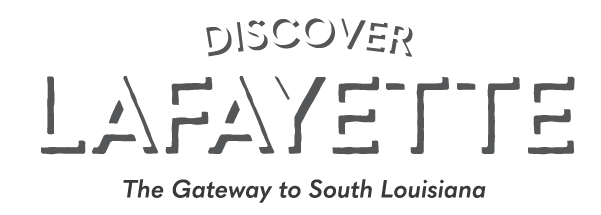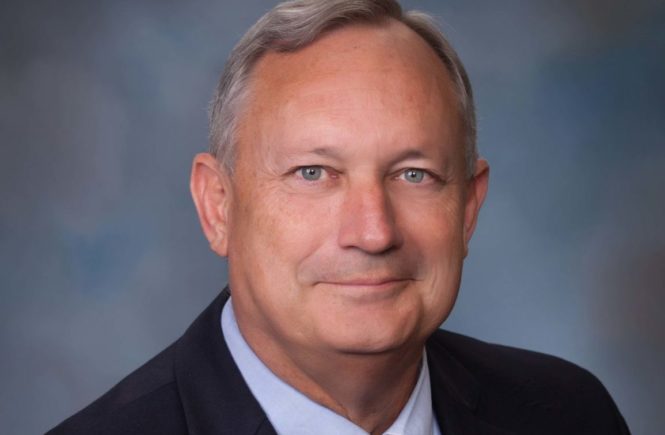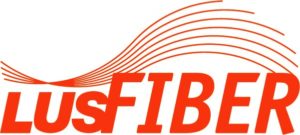Podcast: Play in new window | Download (Duration: 38:28 — 88.1MB)
It’s been almost ten years since LUS Fiber began rolling out what is known as the “4th Utility -Fiber to the Home (FTTH),” which gave Lafayette residents access to the gold standard of internet connectivity: high-speed fiber optic internet service. In this episode of Discover Lafayette, Terry Huval, recently retired Director of Lafayette Utilities System, outlines the history of how the City of Lafayette invested in its future by creating Louisiana’s first community-owned broadband system, LUS Fiber.
The City of Lafayette and its leaders have a strong history of stepping up to provide great technological services to its residents. In fact, Lafayette Utilities Systems was proposed by city leaders after the world watched in awe as the 1893 Chicago’s World Fair was lit up by electricity; the desire for pressurized water, as well as the ability to light its towns and streets, drove the public to demand its own electrical system.
By 1897, Lafayette Utilities System was operational with the opening of its Grant Street plant. The ability to offer electricity placed Lafayette in the lead position to be selected as the site for the Southwest Louisiana Industrial Institute (now UL – Lafayette) which opened its doors in 1901, and set Lafayette apart from neighboring cities as electricity attracted commerce, opportunity and growth.
Jumping forward a century, Terry Huval had been with LUS for 10 years when Joey Durel was elected mayor and took office in 2004. Terry seized upon the opportunity to pitch the idea of a community-owned broadband network to bring fiber directly to the homes of Lafayette residents. An existing fiber ring around Lafayette had already been built in 1998 to support communication between LUS’s electric substations, and by 2000, LUS worked with LEDA and the Greater Lafayette Chamber of Commerce to establish a wholesale and governmental retail network.
Businesses needing high-speed connectivity were clamoring for access to this fiber optic broadband capability to be able to stay in Lafayette and still communicate effectively with clients around the U. S. and the globe. The large, private telecommunication providers servicing Lafayette had repeatedly declined the city’s offer to utilize LUS’s existing fiber ring for their customers, nor to invest in upgrades to provide Fiber to the Home which was deemed cost-prohibitive given the size of this market.
Durel was hesitant to see government compete with private business in the telecommunications sector, but agreed to do a feasibility study and move forward until a roadblock may prove too great to overcome. That day never came even though many hurdles had to be faced and, as they say, the rest is history.
The Lafayette City-Parish Council approved a plan to request up to $125 million in funds to be financed through bonds, and the project went to the voters for approval. Non-partisan groups such as Lafayette Yes! and Lafayette Coming Together campaigned enthusiastically to support the project in the face of intense opposition from existing telecommunication providers. In July 2005, the voters of the City of Lafayette approved the plan for LUS to move forward to borrow money by issuing bonds to pay for the FTTH project by a 62 to 38% margin. A lawsuit to stop the FTTH initiative by LUS was filed in 2006 and the Supreme Court eventually ruled in February 2007 that LUS could sell bonds to finance the fiber initiative. By February 2009, the first residents were offered cable, telephone and internet service.
Stay tuned for the second part of this interview, in which details of the arduous path to building LUS Fiber’s broadband service is explained in more detail by Immediate Past Parish President Joey Durel and City-Parish Attorney Pat Ottinger, and current Parish President Joel Robideaux.
Special Thanks to our Sponsors:


